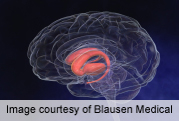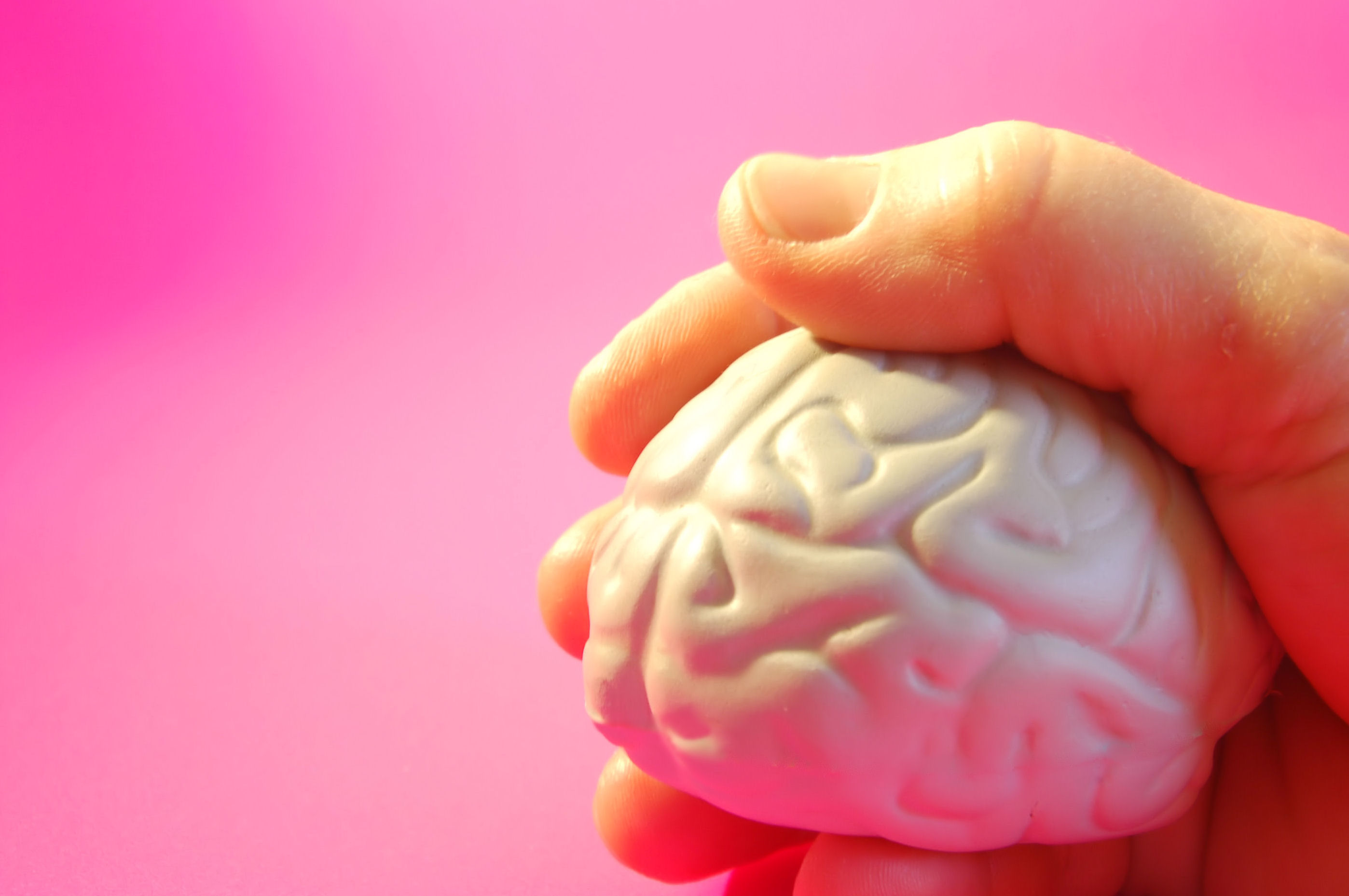
WEDNESDAY, Feb. 13 (HealthDay News) — Deep brain stimulation has been used for years to help relieve motor problems in people with advanced Parkinson’s. Now, new research finds that the procedure may also help people in earlier stages of the disease.
The treatment involves placing electrodes in specific parts of the brain.
“So far, all studies have dealt with patients who had very severe disease,” explained senior study author Dr. Gunther Deuschl, chairman of neurology at University Medical Center Schleswig-Holstein in Kiel, Germany. “The present group . . . are well within the spectrum of disease severity which has been treated with medication only. The surprising result was that even at this stage, the patients had a much better outcome after two years than those who were treated with medication alone.”
The report is published in the Feb. 14 issue of the New England Journal of Medicine.
Standard treatment for Parkinson’s disease, a nervous system disorder marked by tremors and other movement problems, is a drug called L-dopa (Levodopa), which replaces depleted reserves of the neurotransmitter dopamine.
Unfortunately, long-term use of L-dopa can result in severe swings in motor function.
“After years of being on these drugs, patients develop ups and downs so the medication doesn’t hold them for very long,” said Dr. Carlos Singer, director of the Parkinson’s disease and movement disorders division at the University of Miami Miller School of Medicine. “They’re fine for two hours, then they’re lousy for two hours, then they take another pill. It’s like a yo-yo.”
Deep brain stimulation came along in the 1990s and revolutionized treatment for such patients, said Singer, who was not involved with the study.
“By putting electrodes in certain specific areas of the brain and stimulating them continuously, you get them to have a smoother day,” he explained.
Unlike previous studies, the current study enrolled 251 patients who had just started having mild fluctuations and were still responding fairly well to drugs.
After being randomly selected to be in one of two groups, one receiving medication alone and the other receiving medication plus deep brain stimulation, the researchers found that those who received the combination therapy actually did better.
Patients in the deep brain stimulation group experienced an improvement of 26 percent in their quality of life.
This, said Deuschl, was “the most impressive finding,” although mobility was also improved in the combination group.
Participants receiving deep brain stimulation did have a higher rate of suicide (two in this group versus one in the medication-only group), though the researchers speculated that the people in the study may have started out with higher risk for suicide.
In any event, patients undergoing deep brain stimulation would need to be closely monitored for psychiatric symptoms, the study authors added.
An accompanying editorial called the study “one of the most rigorously conducted trials of neurostimulation,” yet also pointed out some limitations.
For one thing, patients in the study were younger, healthier and less likely to be demented than most patients with Parkinson’s disease.
And deep brain stimulation alleviated only some symptoms of the disease.
The procedure is widely available in the United States, said Singer, but is only approved — and Medicare only covers it — for more advanced patients.
Still, the findings suggest that “instead of waiting for patients to have very marked fluctuations, peaks and very deep valleys, [we] move in when the peaks and valleys are not that steep,” Singer said.
“The data suggest that patients can safely, and with significantly better outcome, receive neurostimulation,” said Deuschl. “We expect that the international guidelines will change at this point, and the patients will be offered neurostimulation at a much earlier time.”
The study was partially funded by Medtronic, which makes deep brain stimulation products.
More information
Learn more about Parkinson’s at the U.S. National Institutes of Health.

